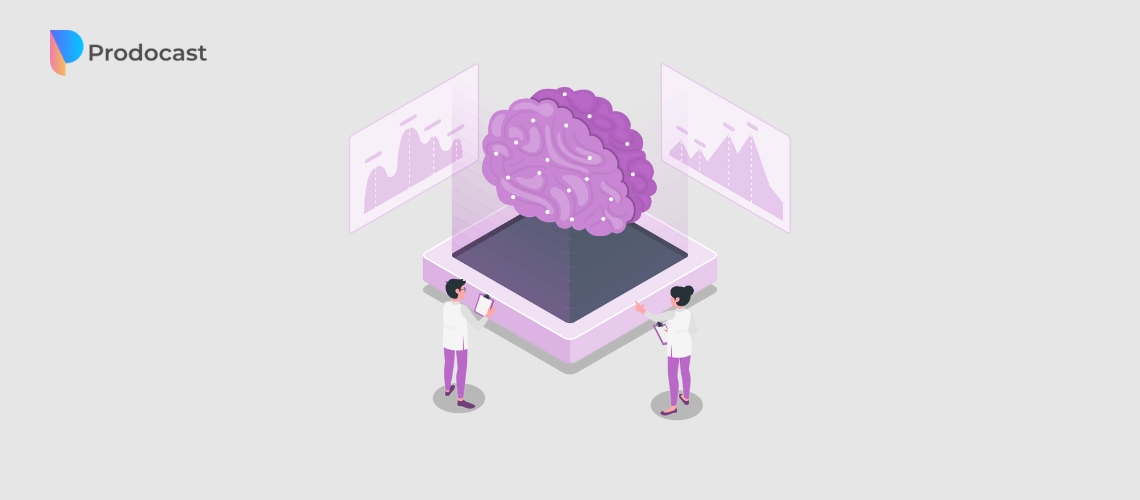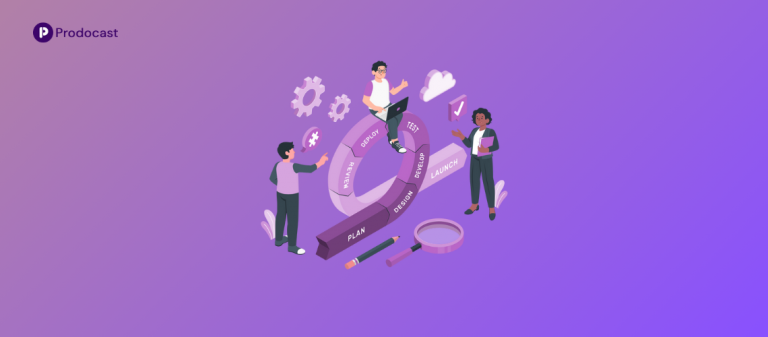Have you ever considered the potential of Google Bard vs ChatGPT as output tools? With Google Bard and ChatGPT, you can provide fast and accurate responses to customer inquiries while keeping your conversations natural and engaging. Discover why these two AI writing tools are becoming popular among businesses around the world.
What is Google Bard?

Google has recently introduced a new AI chatbot called Bard, also referred to as a storyteller, which aims to respond to various queries and requests in a conversational way. Similar to OpenAI’s ChatGPT, Bard utilizes online information to generate high-quality responses. Although Bard is currently only available to a select few for beta testing, it is anticipated to be integrated into Google Search in the future.
Powered by Google’s own LaMDA model, Bard is designed to provide more detailed answers to questions than traditional Google searches. LaMDA’s second, lighter version utilizes less computing power, making it scalable for more users. In addition to providing simple answers, Bard also serves as a personal assistant, assisting with tasks such as booking vacations and meal planning.
Google Bard has been in development for several years and employs the Language Model for Dialogue Applications. Released in February 2023, Bard shares similar functionalities with ChatGPT, as both use the GPT-3 language model. By utilizing data from the internet, Bard can provide customers with simple language responses. Currently in beta testing, Bard can assist with various tasks such as vacation planning, meal planning, and making reservations.
While ChatGPT has gained significant popularity, Bard serves as Google’s answer to this trend. Unlike ChatGPT, Bard is powered by LaMDA, which is Google’s proprietary technology for generating conversational responses. Although Bard is not yet widely available, it has the potential to become a widely-used AI chatbot for answering various questions online.
What is ChatGPT?

The Chat Generative Pre-Trained Transformer, or ChatGPT for short, is an AI language model developed by the San Francisco-based startup OpenAI. Since its launch in November 2022, it has gained popularity in the business world as a free-to-use chatbot accessible on web browsers at chat.openai.com/chat. However, it is currently not available as a smartphone application for Android or iPhone users.
ChatGPT is designed to understand human language and provide accurate written answers to a wide range of questions, including personal advice. OpenAI has announced that the chatbot can be used free of charge for testing and research purposes. Trained on a massive dataset of text, ChatGPT is available in approximately 100 languages, with English being the most accurate language.
This language model is a deep-learning neural network that uses the GPT-3 language model to generate responses that are relevant, coherent, and even creative. It has numerous practical applications, including customer service, chatbots, language translation, and research purposes such as studying language patterns, generating novel text, and creating machine-generated art.
In comparison to Google Bard, ChatGPT is a language model designed to generate conversational responses to natural language input. While Google Bard focuses on retrieving information and providing simple answers, ChatGPT is capable of understanding and generating language, making it suitable for a wider range of applications.
Google Bard vs ChatGPT Functionalities
| Functionalities | Google Bard | ChatGPT |
| Answering questions | ✅ | ✅ |
| Generating text | ✅ | ✅ |
| Translation | ✅ | ✅ |
| Summarization | ✅ | ✅ |
| Text Correction | ✅ | ✅ |
| Text Completion | ✅ | ✅ |
| Sentiment Analysis | ✅ | ✅ |
| Conversation | ✅ | ✅ |
| Image Recognition | ❌ | ✅ |
| Voice Recognition | ✅ | ✅ |
| Text-to-Speech | ✅ | ✅ |
| Speech-to-Text | ✅ | ✅ |
| Recommendation | ✅ | ✅ |
| Personalization | ✅ | ✅ |
| Information Retrieval | ✅ | ✅ |
| Poetry generation | ❌ | ✅ |
| Creative writing | ✅ | ✅ |
| Dialogue generation | ✅ | ✅ |
| Sentence completion | ✅ | ✅ |
| Latest Up-to-date Information | ✅ | ❌ |
Google Bard vs ChatGPT Features
I. ChatGPT Features:
Language Understanding: It can understand and interpret natural language inputs from users, allowing me to respond to a wide range of questions and requests.
Contextual Awareness: It can use context from previous conversations to provide more personalized responses and better understand the user’s intent.
Multilingual Support: It can communicate with users in multiple languages, including English, Spanish, French, German, Italian, Portuguese, and more.
Knowledge Base: It has access to a vast knowledge base, including facts, definitions, and explanations of various topics.
Natural Language Generation: It can generate responses in natural language that are easy to understand and relevant to the user’s request.
Learning Capabilities: It has the ability to learn and improve over time, based on feedback from users and updates to my training data.
Integration: It can integrate with various platforms and tools, including chatbots, voice assistants, and messaging apps, to provide seamless user experiences.
Security: It prioritizes user privacy and security, and I comply with industry-standard security protocols to protect user data.
II. Google Bard Features:
Transformer-based architecture: Google Bard is based on a transformer architecture, specifically GPT-3 (Generative Pre-trained Transformer 3), which enables it to produce relevant and coherent responses by comprehending contextual cues.
Fine-tuning capabilities: The tool’s fine-tuning capabilities allow it to concentrate on specific prompts or datasets, resulting in more personalized and precise output.
Multilingual capabilities: With its multilingual capabilities, Google Bard can generate poetry in various languages, making it a valuable resource for poets and writers globally.
Contextual awareness: The tool’s contextual awareness enables it to incorporate relevant information such as tone, style, and genre into its output.
Natural language processing: Utilizing natural language processing techniques, Google Bard can produce grammatically correct and semantically meaningful poetry.
Google Bard vs ChatGPT Pricing
At present, both ChatGPT and Google Bard offer free versions, although with some limitations. ChatGPT is currently available as a free research preview on OpenAI’s website, while a paid subscription model called ChatGPT Plus is also available, offering priority access and faster speeds for $20. However, access to ChatGPT Plus is limited to users approved by OpenAI, and joining a waitlist is necessary to gain access.
On the other hand, there is currently only a free model of Google Bard available, but access is limited to trusted testers only. While Google has introduced some AI-based features to products such as Maps and Lens, Bard itself remains inaccessible to the general public.
Key Differences Between Google Bard and ChatGPT
- Google Bard is a platform that helps businesses understand customer conversations, while ChatGPT is an open-source platform used to generate automated conversations in text.
- Google Bard uses natural language processing (NLP) while ChatGPT uses neural machine translation (NMT) technology. Google Bard is associated with a suite of APIs, while ChatGPT provides easy-to-implement APIs which can be integrated with different applications.
- Google Bard requires businesses to purchase their services, while ChatGPT is free of charge.
- Google Bard provides natural language understanding (NLU) for creating intents, while ChatGPT can recognize domain-specific words and phrases and provide precise translations.
- Google Bard can provide fast, accurate responses to customer inquiries, while ChatGPT allows businesses to train bots to respond to customer conversations accurately.
- Google Bard is designed to be versatile, while ChatGPT is designed to be easy-to-implement.
- Google Bard will have an advantage over ChatGPT as it will be integrated with Google’s search engine and will have access to a wealth of data and the most up-to-date information available online, unlike ChatGPT, which is limited to events up to 2021.
- Bard will have the ability to break down complex concepts into smaller, easy-to-understand pieces of information, making it accessible to everyone, especially children.
- In terms of accuracy, Bard is expected to provide more reliable information, thanks to Google’s massive data gathering capabilities. ChatGPT, on the other hand, responds to text prompts and may make factual errors or embellish stories.
Which AI Writing Tool Is Right for Your Needs?
Based on the features and benefits discussed above, businesses should use Google Bard if they need to quickly and accurately respond to customer inquiries. Google Bard’s natural language processing (NLP) capabilities make it well-suited for understanding customer conversations. On the other hand, businesses that are looking for an open-source platform for generating automated conversations in text should consider ChatGPT.
Both Google Bard and ChatGPT are AI-driven platforms that use natural language processing and machine learning to understand customer conversations. They each offer a variety of features and benefits, making them ideal for a range of customer support scenarios. Ultimately, the choice between Google Bard and ChatGPT will depend on the specific business needs.
Frequently Asked Questions
What language model do ChatGPT and Google Bard use?
Both ChatGPT and Google Bard use the GPT-3 language model.
Can ChatGPT and Google Bard be used on smartphones?
ChatGPT can only be used on web browsers and is not currently available as an application on Android or iPhone smartphones. It is unclear whether Google Bard will be available as an application on smartphones.
What tasks can ChatGPT and Google Bard help with?
ChatGPT can provide written and accurate answers to various questions, including personal advice, and has practical applications in customer service, chatbots, language translation, and more. Google Bard can help with tasks such as planning a vacation, meal planning, finding reservations, and more.
Discover the Future of Software Today!
Stop guessing and start choosing the right software and services for your business with Prodocast. By using our platform you can find, compare, and check out reviews of the software and services you need before making a purchase. Say goodbye to wasted time and money on the wrong solutions and say hello to success. With Prodocast, you can easily access the latest solutions, get expert advice and optimize your operations.
Start making informed decisions with Prodocast today – join Prodocast now!




[…] Google Bard vs ChatGPT – Everything You Need to Know in 2024 […]
[…] Google Bard vs ChatGPT […]
[…] Google Bard vs ChatGPT […]
[…] Google Bard vs ChatGPT […]